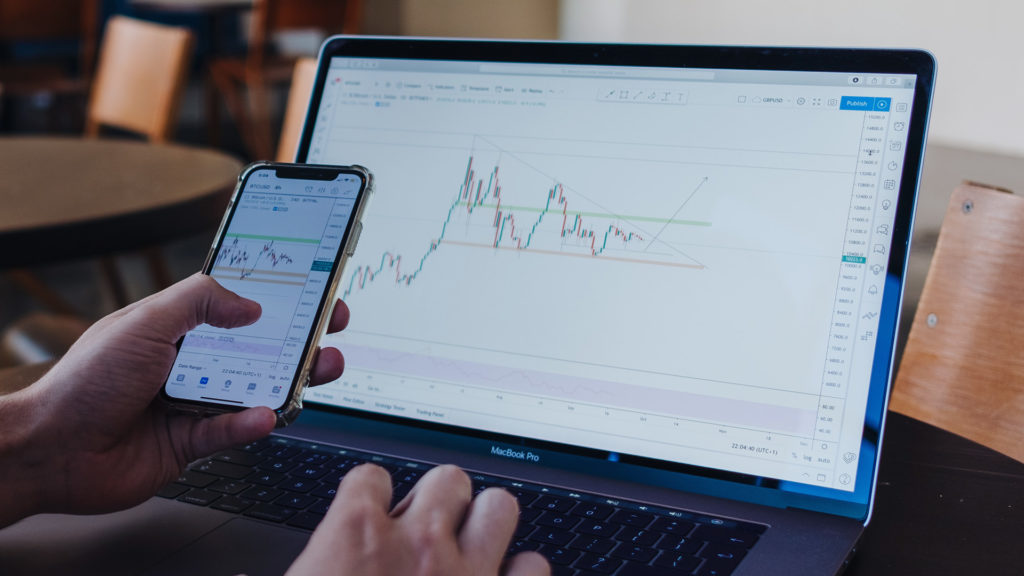As organizations continue to manage more and more data, many of them are increasingly turning to graph technology to leverage data for decision making. In fact, analysts predict that by 2025, 80 percent of knowledge and analytics improvements will be made using graph expertise. That number is currently at ten percent which means that we’ll be seeing an explosion in the use of graph technology over the next four years.
So why is graph technology so critical? While traditional relational databases can only connect with one other data point at any time, graph databases connect multiple data points for quicker, easier, and more complex data exploration. Additionally, graph databases can handle vast amounts of data that are overwhelming older, more traditional tools. But these facts are just the tip of the iceberg of the power of graph technology.
The Core of Graph Expertise
As we stated earlier, at the core of graph expertise is relationships between data points. The advantage of saving data points in graph databases is that they can connect with different information factors at any given time, allowing for deeper, faster, and more definitive data analysis and exploration. That can lead to quicker and more robust insights that drive and influence key decision making.
Moreover, analysts say that the best way to break down more traditional and inflexible architectures and instruments is to utilize graph expertise and optimize its effectiveness in combination with augmented intelligence and the cloud.
Graph Usage in the Real World
When it comes to the capabilities of graph expertise, there are many real-world examples we can turn to. One timely example deals with the significance and unpredictability of supply chain administration during the COVID-19 pandemic.
The supply and demand of merchandise has been in constant change during the last 18+ months of the pandemic, meaning that producers have had to react quickly to these changes without having too much or too little product supplies in one region. Additionally, municipalities have needed to provide and ship meals to residents who couldn’t leave their homes, while cities had to figure out the best routes to optimize supply pace and transportation assets.
Another example is how environmentalists are tracking the movements of penguins to understand the impact of climate change on their migratory and mating patterns, allowing them to plan intervention methods for the penguins.
While these two examples may seem completely unrelated, they both involve different combinations of videos, audio, textual content, and transactions, all of which require exploring and understanding complicated data relationships to get to insights. From production supplies during the pandemic to climate change, graph expertise and artificial intelligence have been used to solve urgent problems. Given the urgency of the pandemic and climate change, making connections between data points and quick data-driven decision making has never been more important, and graph technology has risen to the demand.
The Future of Graph Technology
Gartner predicts that by 2023 graph technology will play a role in the decision-making process for 30% of organizations worldwide. In fact, many businesses are already using it in a variety of ways. Decision making has to be even quicker and made in ever-changing and complex environments, and graph technology will help enable this shift. From allowing for a better understanding of customers to detecting fraud to optimizing crop yields, graph technology has powerful applications across a variety of industries.
Data and analytics are more critical than ever before, and the use cases for graph technology will only explode as businesses need ways to drive decision making and stay competitive.
Conclusion
With more and more businesses relying on data to set strategies and inform decision making, there is a need to leverage tools that can handle the increasing volumes of data they’re managing. Graph technology lets users connect multiple data points at the same time, leading to quicker and deeper insights. Additionally, the use cases for graph technology – from agriculture to healthcare – will only continue to skyrocket as businesses look for more ways to manage their data.
Gemini helps organizations construct a connected view of their business without the hassle of graph database development and integration. Our universal no-code data ingestion engine, wizard guided data mapping, plus highly intuitive user interface are all available in one single SaaS platform to facilitate your rapid data contextualization needs. Now your graph technologies projects can be accelerated and achieved quickly and easily. If you’re ready to take the next step with the no-code graph database technology anyone can use, schedule your demo today.

